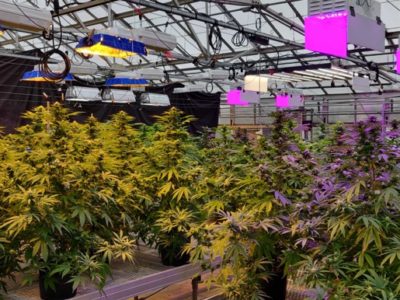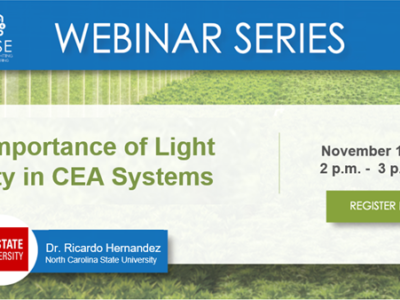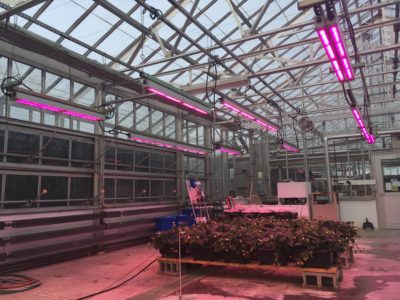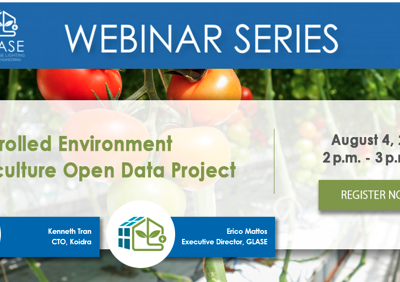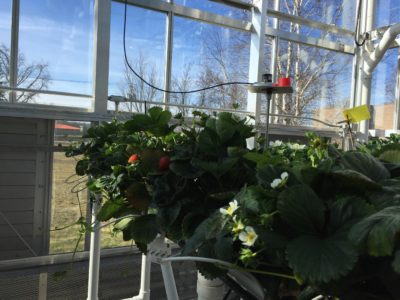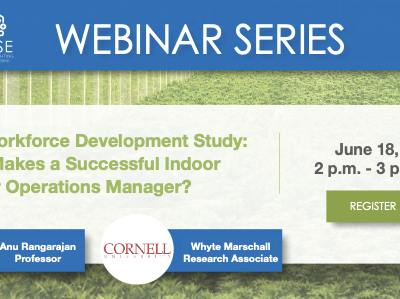During 2020 New York greenhouse growers were estimated to produce over 9 million square feet of industrial hemp reports Hemp Industry Daily. Cornell University horticulture professor Neil Mattson, who is […]
The importance of light quality in CEA systems
Spectrum has an important impact on plant growth, morphology, and development. Plants have evolved a sophisticated photoreceptor system capable of perceiving small changes on the light spectrum. Plants use spectral […]
CEA Database and Benchmark Tool
Kyle Clark, Vice President, Business Development first came to EnSave in 2007 before going on to earn a master’s degree in Environmental Studies and Sustainability Science at Sweden’s Lund University. […]
What do you need to consider when buying and installing LED grow lights?
Food Safety in CEA Systems
Dr. Gioia Massa, plant scientist at NASA will highlight some of the unique aspects of space crop production and the microbial food safety considerations of space-grown produce. Data will be […]
Controlled Environment Agriculture Open Data (CEAOD) project
Controlled Environment Agriculture (CEA) is a data-driven scientific discipline. In CEA operations all the environmental parameters are monitored and controlled to provide optimal conditions for crop growth. Recent technological advancements […]
How can crop production data advance the controlled environment agriculture industry?
Stakeholder needs relevant to indoor propagation
There are economic and knowledge-based challenges that must be addressed for indoor farms to be viable in the United States despite their potential benefits. A mixed-methods approach was used to […]
CEA Workforce Development Study: What Makes a Successful Indoor Farmer Operations Manager?
The National Science Foundation-funded research project entitled “Strategic FEW (food, energy, water) and Workforce Investments to Enhance Viability of Controlled Environment Agriculture in Metropolitan Areas” (CEA Viability in Metro Areas) […]
Influence of Temperature and Daily Light Integral on Culinary Herb Production
Greenhouse average daily temperature (ADT) and daily light integral (DLI) can be adjusted to improve crop timing, maximize biomass production, and increase crop quality. In this webinar, Michigan State University […]


